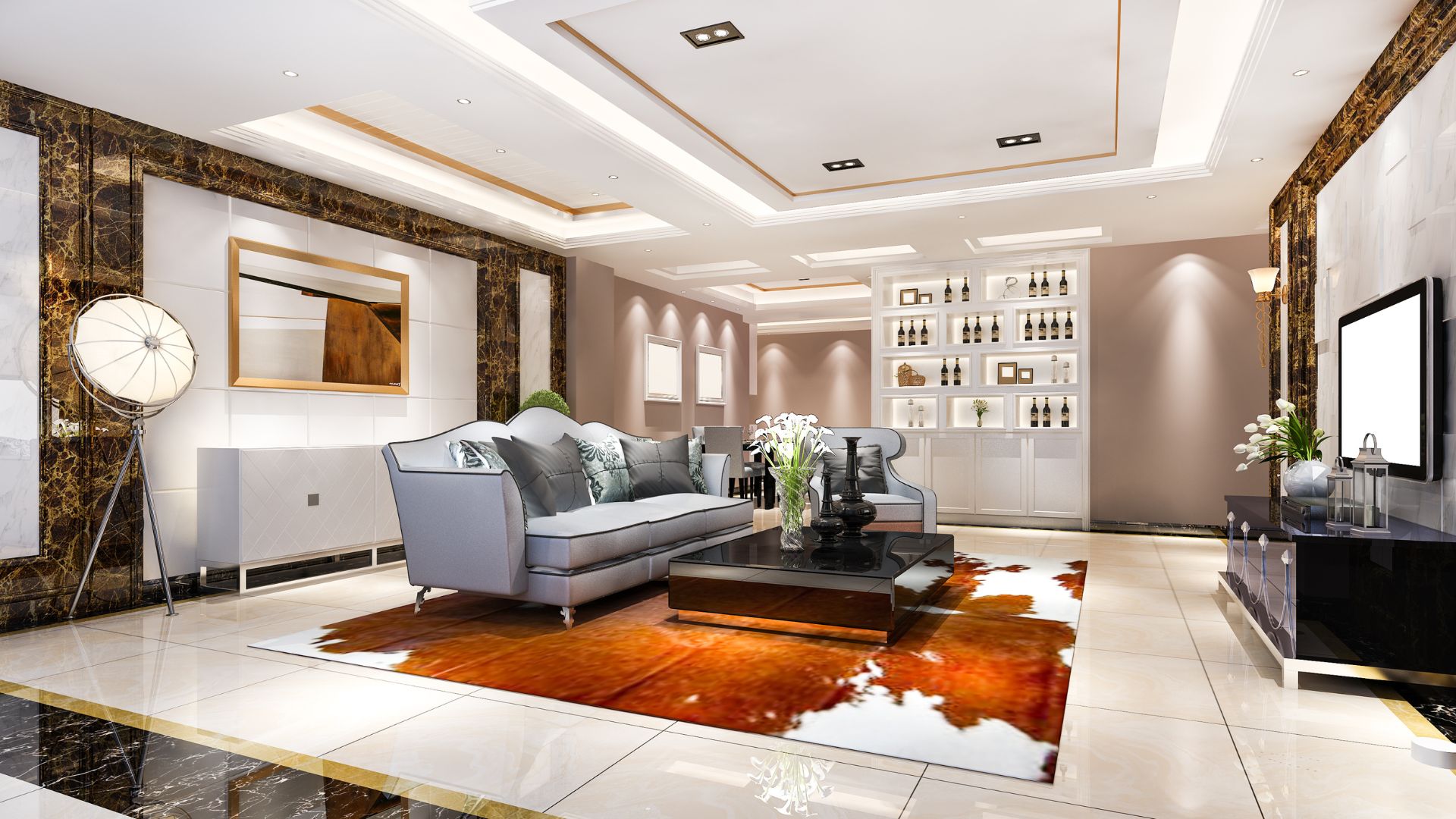What is interior design?
Interior design is the art and science of enhancing the interior of a space to achieve a more aesthetically
pleasing and functional environment. It involves planning, designing, and coordinating furnishings, layouts,
colors, and materials to create a cohesive and harmonious space.
What is the process of working with an interior designer?
The process typically includes an initial consultation to discuss goals, preferences, and budget;
creation of design concepts and proposals; selection of materials, furnishings, and finishes; project
coordination and management; and final installation and styling.
How do interior designers handle budgets and pricing?
Interior designers provide cost estimates based on project scope, materials, and labor. They work within the client's budget constraints, offering options and recommendations to achieve desired outcomes without compromising quality..
What are the different types of interior design?
Interior design can encompass various specialties, including residential design (homes, apartments), commercial design (offices, retail stores), hospitality design (hotels, restaurants), healthcare design (hospitals, clinics), and institutional design (schools, museums).
Why is interior design important?
Interior design enhances the quality of life by creating spaces that are functional, comfortable, and visually appealing. It optimizes space utilization, improves flow and circulation, and enhances the overall atmosphere and mood of the environment..
How can interior design reflect personal style and preferences?
Interior designers collaborate closely with clients to understand their lifestyle, tastes, and preferences. They translate these insights into customized design solutions, incorporating personal artifacts, artworks, and distinctive design elements that reflect the client’s personality and aesthetic vision.
Can interior design address accessibility and universal design principles?
Yes, interior designers can integrate accessibility features and universal design principles to accommodate diverse needs and abilities. This includes barrier-free spaces, ergonomic furniture, tactile signage, and adaptable layouts that enhance usability and inclusivity.
